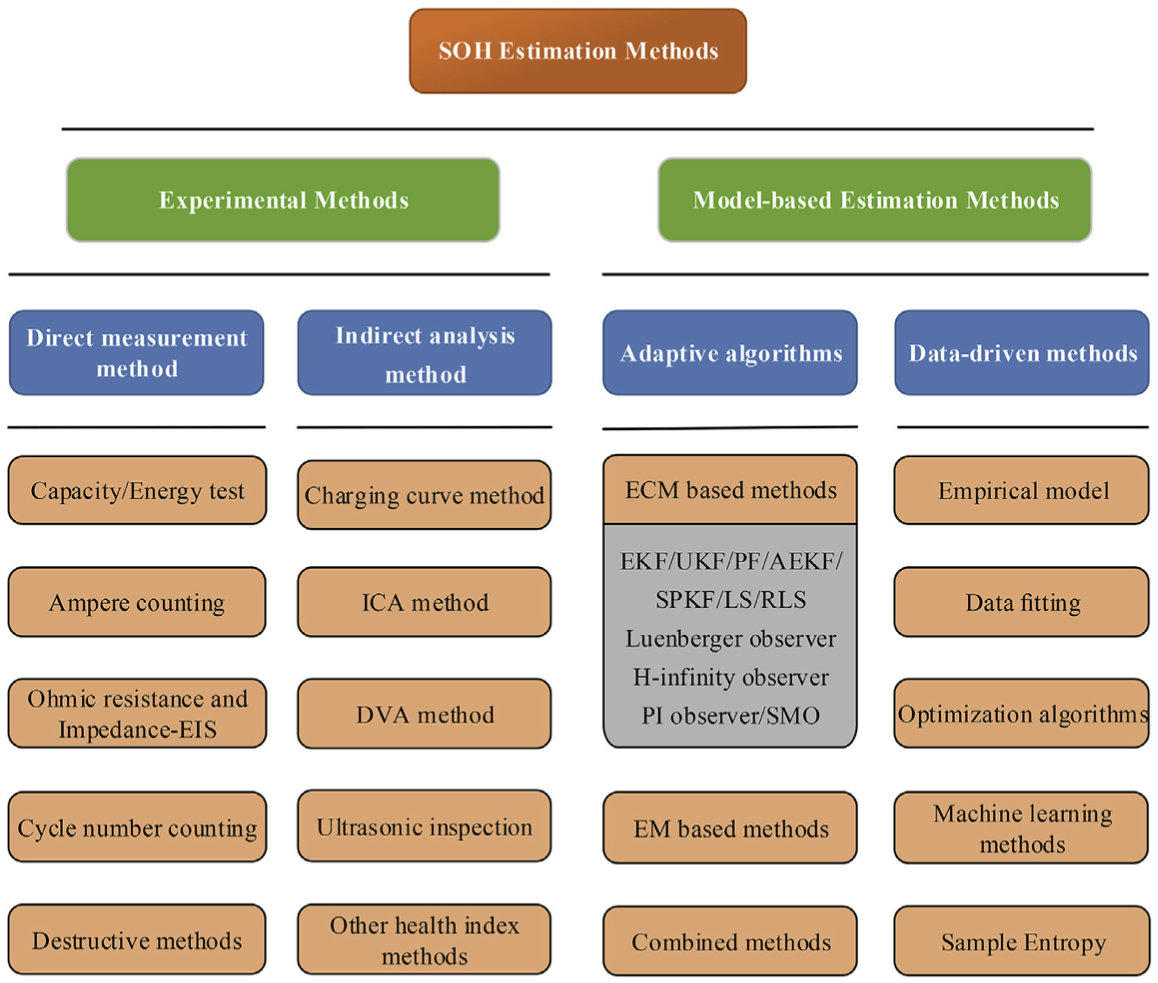Electric Vehicles (EVs) are spreading fast as they promise to provide better performances and comfort, but above all, to help facing climate change. Despite their success, their cost is still a challenge. One of the most expensive components of EVs is lithium-ion batteries, which became the standard for energy storage in a wide range of applications. Precisely estimating the Remaining Useful Life (RUL) of battery packs can open to their reuse and thus help to reduce the cost of EVs and improve sustainability. A correct RUL estimation can be used to quantify the residual market value of the battery pack. The customer can then decide to sell the battery when it still has a value, i.e., before it exceeds its end of life of the target application and can still be reused in a second domain without compromising safety and reliability. In this paper, we propose to use a Deep Learning approach based on LSTMs and Autoencoders to estimate the RUL of li-ion batteries. Compared to what has been proposed so far in the literature, we employ measures to ensure the applicability of the method also in the real deployed application. Such measures include (1) avoid using non-measurable variables as input, (2) employ appropriate datasets with wide variability and different conditions, (3) do not use cycles to define the RUL.
翻译:电动车辆(EV)迅速扩散,因为它们承诺提供更好的性能和舒适,但首先是帮助应对气候变化。尽管取得了成功,但成本仍然是个挑战。EV公司最昂贵的部件之一是锂离子电池,成为广泛应用的能源储存标准。精确地估计电池包的剩余使用寿命(RUL)可以对其再利用,从而帮助降低EV公司的成本并提高可持续性。正确的RUL估算可用于量化电池包的剩余市场价值。当电池仍然具有价值时,客户可以决定出售电池,也就是说,在电池超过目标应用寿命之前,可以出售电池,并且仍然可以在第二个领域重新使用,而不损害安全性和可靠性。在本文中,我们提议使用基于LSTMS和Autoencoders的深度学习方法来估计利离子电池的RUL。与文献中迄今提出的数字相比,我们采取措施,确保该方法在实际应用中也具有价值,即,即在电池应用期超过目标应用期之前,即,即在电池电池组超过目标应用期之前,也就是在超过目标应用期之前,仍然可以在不破坏安全和可靠性的情况下,在第二个领域重新使用。在本文件中,我们建议采用基于LSTMM和AUC的深度学习方法的方法,我们建议采用深入学习的方法。我们建议采用一种深度方法。我们建议使用一种方法。我们使用一种措施,以便使用不使用不使用不易变异性数据。我们使用不使用不使用不同的变性数据。





